The first China Humanoid Robot Industry Conference and Embodied Intelligence Summit was held in Beijing from April 9 to 10, 2024.
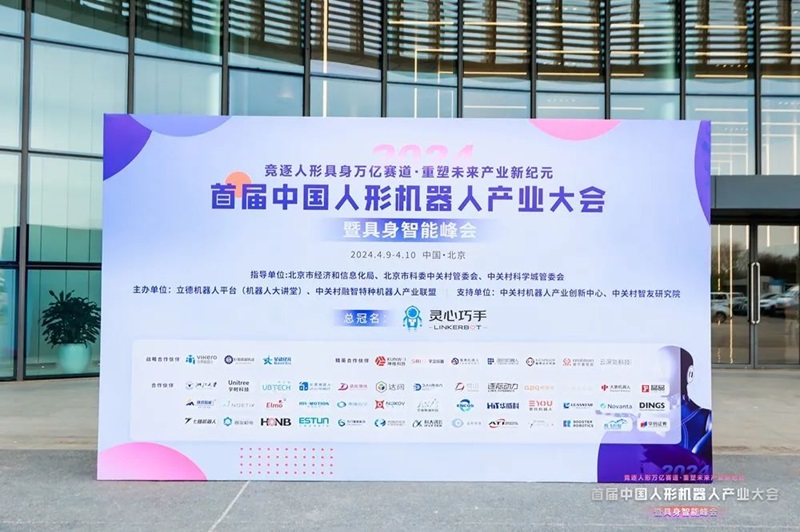
This event brought together renowned scholars, experts, senior executives from leading companies in the fields of humanoid robot systems and core components, as well as government representatives. Participants discussed the current opportunities and challenges facing the humanoid robot industry. The conference focused on how to leverage China’s manufacturing cost advantages to accelerate the adoption of humanoid robots and how their industrial applications can drive transformation in the manufacturing sector. Through keynote speeches and open panel discussions, the conference explored new development trends in the industry and allowed companies to share their insights and experiences from the past year.
Compelling Keynote Speech
As a strategic partner of the conference, Vizum and Vihero CEO Dr. Dong Xiaojian attended the event and delivered a keynote titled “Leading the Future: Revealing Vizum’s First-Mover Advantages and Mass Production Plans in Humanoid Robotics.”
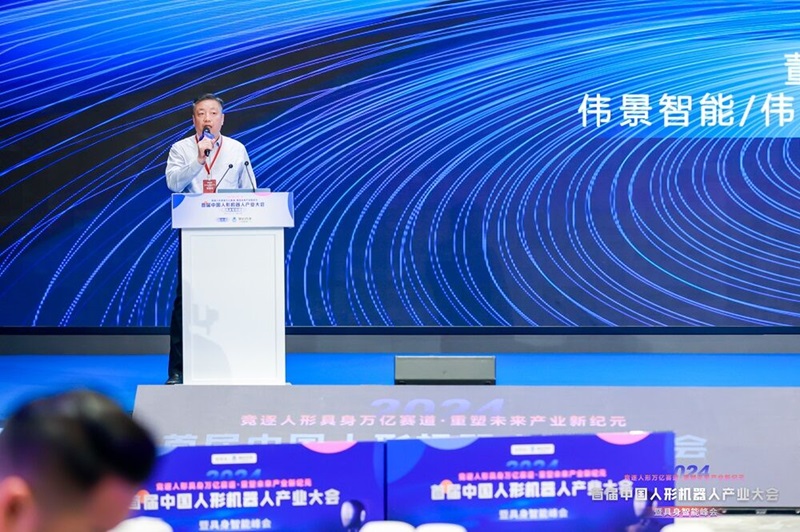
Dr. Dong began by outlining the necessity of developing humanoid robots and the essential traits they must possess. He emphasized four key characteristics: autonomous operation, self-learning, real-world practicality, and future connectivity.
Drawing on Vizum’s R&D journey in the field, Dr. Dong introduced Vihero’ core technological advantages, including its industry-leading stereo vision system, “eye-to-hand” hand–eye coordination, and its proprietary joint design innovations. He also elaborated on Vizum’s Natural Learning® approach and its relationship with large language models (LLMs), as well as the company’s growing visual cognition library. The presentation concluded with an overview of Vizum’s product evolution roadmap and mass production plans.
Industry Report Released
Following the opening ceremony, the first Humanoid Robot Industry Development Report was officially released during the conference.
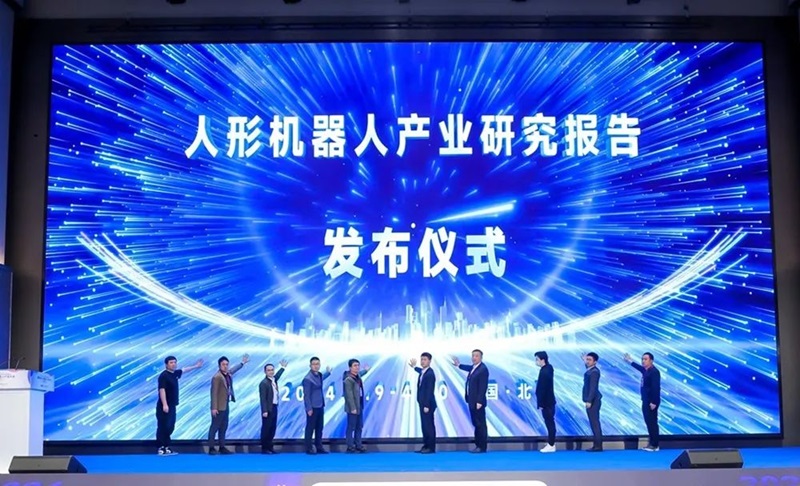
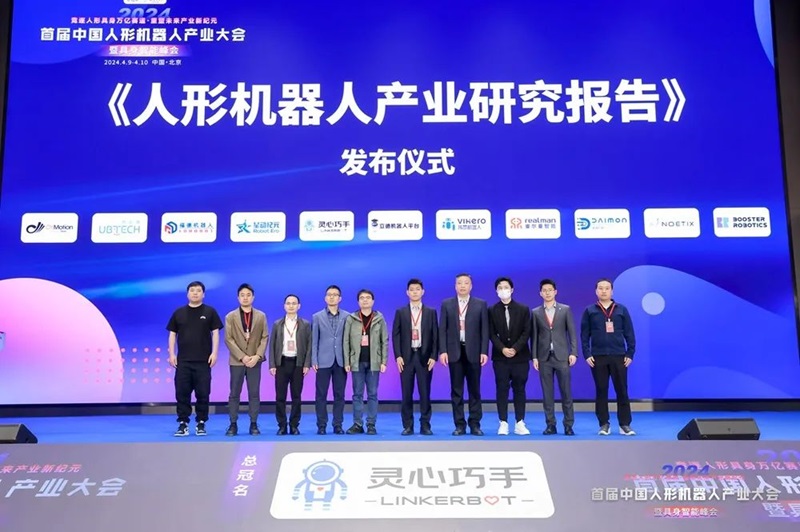
The report begins with an overview of national policy guidance, frontier technologies, and industry trends, analyzing the current state of humanoid robot development at home and abroad. It highlights the value and key technologies of critical components such as chips, sensors, motion control systems, and robotic limbs. The report also provides a comprehensive analysis of the overall machine architecture from the perspectives of perception & decision-making, motion control, and actuation.
As a contributing organization, Vizum featured prominently in the report, which detailed the core features and technology development path of Vizum’s humanoid robots:
1.Mechanical Structure & Motion Control
Starting with basic joint and motion system research that mimics human articulation, Vizum continues to refine its motion control algorithms to improve smoothness and precision. Future development includes the use of flexible materials, lightweight yet high-strength components, and ergonomic design to enhance realism and adaptability.
2.Sensor Technology
Currently integrating basic audio sensors and advanced visual systems for environmental awareness, Vizum plans to adopt high-level sensing technologies like deep learning-based vision, acoustic sensing, and advanced pressure and motion sensors for robotic hands and bodies. The roadmap includes human-centered perception features such as emotional recognition and deep-learning-based environmental awareness.
3.Human–Robot Interaction
Vizum’s robots already support basic voice and gesture recognition. By integrating natural language processing and LLM-driven dialogue, Vizum enables fast, embodied learning interactions. Emotional recognition capabilities are being introduced to enhance natural communication. Future directions include brain–computer interface research for more intuitive interaction.
4.Learning & Adaptation
Current systems rely on programmed movements and predefined paths. Vizum is progressively incorporating machine learning algorithms, enabling robots to learn from experience and adapt to diverse environments. Future goals include advanced deep learning models for autonomous learning and innovation.

Buzz-Worthy Product Showcase
The conference featured over 30 exhibition booths, covering humanoid robots, core components, and intelligent sensing systems. These exhibits showcased the cutting edge of China’s humanoid robot technologies. Vizum presented its latest humanoid robotics R&D achievements, drawing widespread attention and praise from attendees.
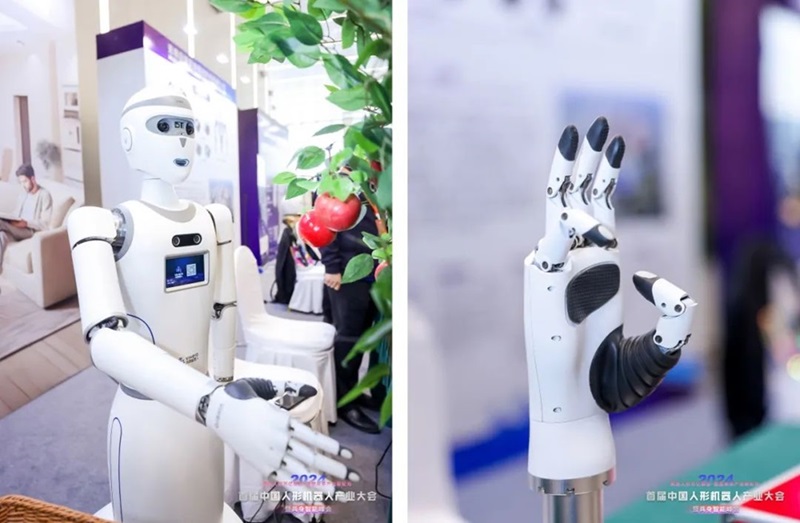
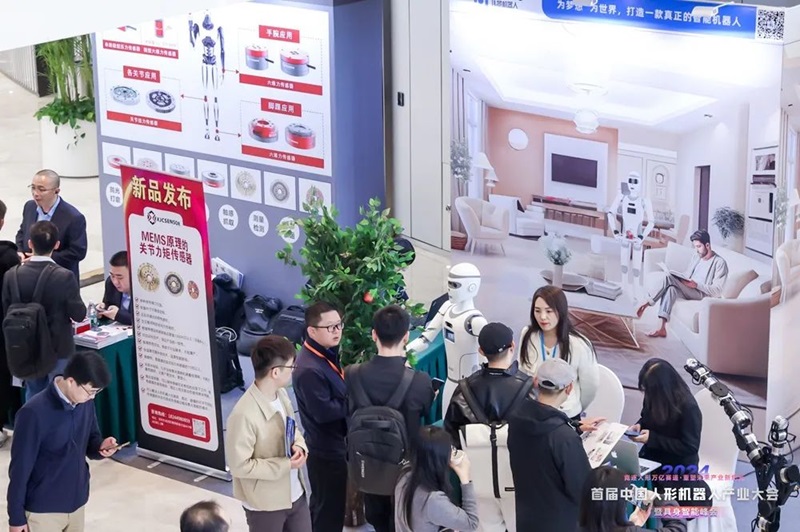

Vihero will continue to strengthen its R&D efforts, adhere to its mass production schedule, and work closely with partners across sectors to drive innovation and practical application of humanoid robotics—contributing to the advancement of China’s humanoid robot industry.
